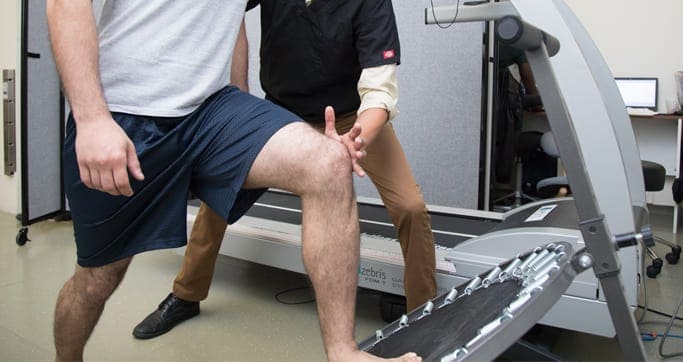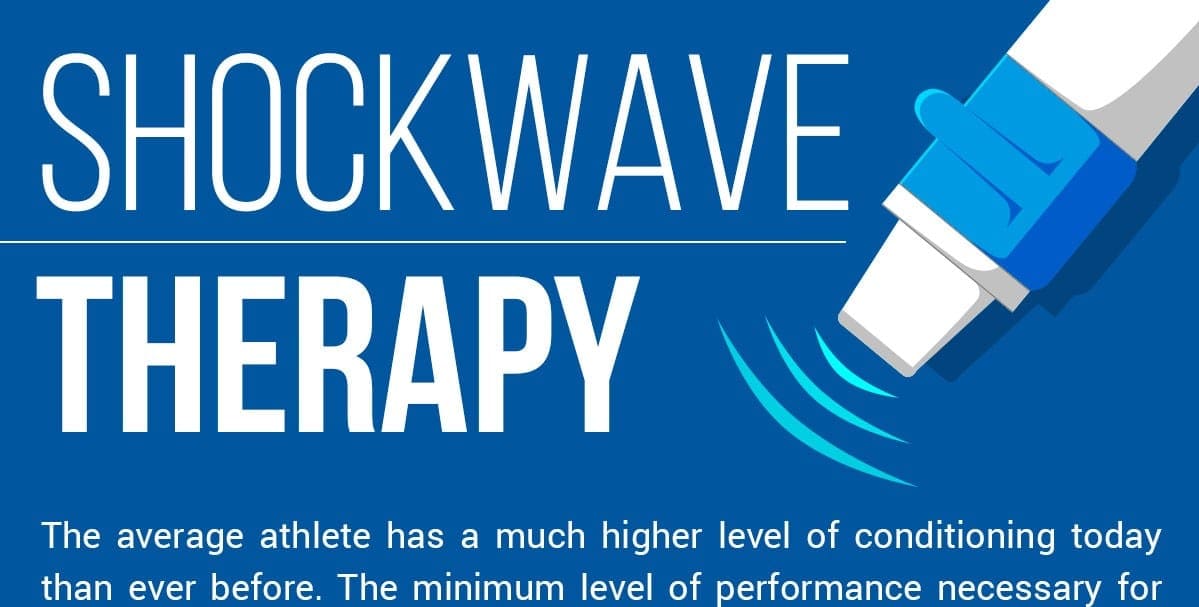New York Dynamic Neuromuscular Rehabilitation & Physical Therapy

Vertigo is a feeling of dizziness and a sensation of being off balance. In athletes, vertigo is a common side effect of concussion. While vertigo often resolves itself over time, persistent symptoms may need medical intervention. If you are an athlete suffering from vertigo, sports chiropractic care may offer the best solution. Balance and Sports […]
Read More
Trauma to the ACL (anterior cruciate ligament) is a common sports tear that can be debilitating and in some cases career-ending for people in professional sports. ACL is a key knee connective knot that joins the thigh bone to the shinbone. Risk for ACL injury is increased for some sports than for others. ACL ruptures […]
Read More
The average athlete has a much higher level of conditioning today than ever before. The minimum level of performance necessary for success is also higher than ever. The slightest nagging injury can make the difference between being a successful everyday player and riding the bench – or not having a job at all. Originally developed in […]
Read More
Back pain is the most common disability for people under the age of 45. Moreover, this is estimated that four out of five people will experience some type of back pain over the course of their lives. Because this is such widespread problem, it`s important to identify, prevent and treat back pain.
Read More
Physical therapy is a critical to providing effective mobility treatment options that usually do not involve drugs or surgery. Here are seven of the most common myths and corresponding facts about physical therapy.
Read More
Lower back pain is a condition that affects all human beings at one point of their lives. It mainly occurs in the lumbar region, which is the area below the ribcage. The discomfort associated with this medical condition is often intense. It may end on its own, or may require specialized treatment, more so if […]
Read More
Continuous stress shortens and stiffens muscle-tendon units that connect ankles to calf muscles. Pressure placed on knee increases by 26% which leads to osteoporosis.
Read More